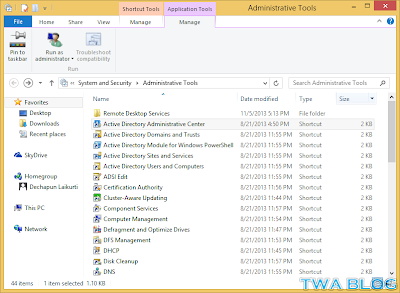
Scroll down to locate the RSAT features and check mark all tools of RSAT that you want to add. Step 4: You'll find yourselves across a window with a list of features. Click on the "Add a feature" button on the next screen. Step 3: On the next screen, find the "Optional features" option under the "Apps & features" section. Step 2: As a window opens up, locate the "Apps" settings in the list and lead into these settings. You need to select the "Settings" icon in the panel of options that appear across it. Step 1: Navigate to the "Start" icon on the taskbar across the bottom of the screen.

With an overview of the RSAT and its basic functionality, we will now proceed to discuss how you can install and uninstall RSAT Windows 10 with the help of a step-by-step guideline: How to Install/Uninstall RSAT on Windows 10 It is competent across various server management tools, which is why it is recommended across most platforms by server administrators. While you find these tools for free across your Windows, they have been quite helpful to system servers in many ways.

You can find tools like Active Directory Users & Computer, DNS Manager, DHCP Manager, and more. While it is a complete package of management tools available across Windows, it influences an impressive security practice within server management systems. RSAT is a set of tools that guides you in managing different server technologies with a remote client.Īll roles and features across the major Windows servers that could be appropriately used for operating Windows 11, 10, 8.1, 8, 7, and Vista were covered. Out of them, Remote Server Administration Tools (RSAT) turned out to be an advanced iteration of tools for managing desktop servers.

While it helped server administrators set up their ecosystem, they presented multiple tools to enhance their operations. Windows has been helping out users in developing servers through their dedicated servers. PAGE CONTENT: What Is RSAT? How to Install/Uninstall RSAT on Windows 10 How to Enable/Disable RSAT? What Is RSAT?


 0 kommentar(er)
0 kommentar(er)
